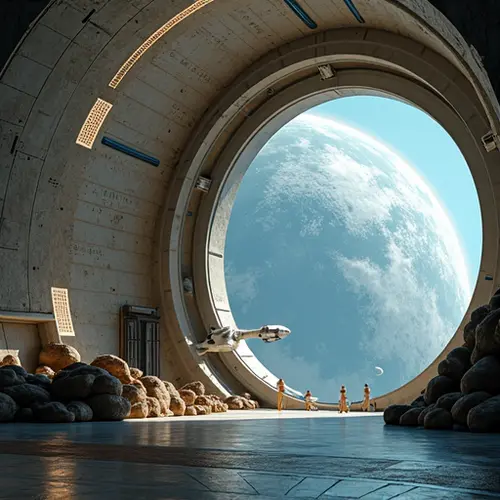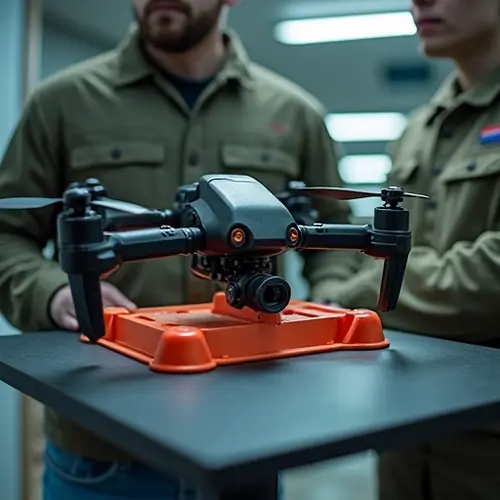
Rotational Gravity: Space's New Frontier
As humanity prepares for long-term space habitation, California-based Vast Space is pioneering artificial gravity technology through rotational systems. Their Haven-1 station, launching in 2026, will serve as a precursor to the larger rotating Haven-2 habitat planned for 2028.
How Spin Gravity Works
Rotational gravity creates centrifugal force that mimics Earth's gravity. When a cylindrical habitat spins, the outward force pushes objects against the outer hull, creating the sensation of weight. Vast's Haven-2 station will rotate at approximately 2 RPM to generate 1g of artificial gravity while minimizing Coriolis effects that can cause disorientation.
Current Developments
Recent milestones include:
- Successful pressure testing of Haven-1's primary structure (Jan 2025)
- Domed window kick tests simulating astronaut impacts (April 2025)
- Control Moment Gyroscope development for station stability
- Partnership with SpaceX for launches and Starlink connectivity
Medical Considerations
NASA studies show rotational systems must overcome inner ear disturbances that cause space adaptation syndrome. Vast's VR simulations help astronauts prepare for the unique motion environment. The company is optimizing rotation rates to balance comfort with structural efficiency.
Future Implications
Successful implementation could enable:
- Multi-year Mars missions without muscle atrophy
- Space manufacturing facilities
- Orbital retirement communities

 Nederlands
Nederlands English
English Français
Français Deutsch
Deutsch Español
Español Português
Português








